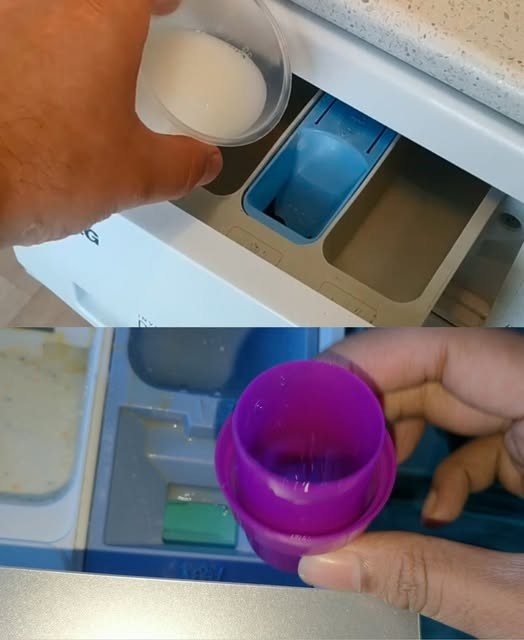In our quest for a cleaner and more hygienic home, it’s tempting to combine various household cleaning products, believing that such mixtures will enhance their effectiveness. However, this practice can lead to unexpected and hazardous chemical reactions, posing serious health risks. Understanding which combinations to avoid is crucial for maintaining a safe living environment.
The Hidden Dangers of Mixing Cleaning Agents
Many household cleaners contain active chemical ingredients designed to tackle specific cleaning tasks. When these chemicals are combined without proper knowledge, they can react to form toxic gases or corrosive substances. Here are some common but dangerous combinations:
- Bleach and Ammonia
- Reaction: Mixing bleach (sodium hypochlorite) with ammonia produces chloramine vapors.
- Health Risks: Exposure to chloramine gases can cause respiratory issues, including coughing, shortness of breath, and chest pain. In high concentrations, it can lead to severe lung damage. Skokie
- Bleach and Vinegar
- Reaction: Combining bleach with vinegar, an acid, results in the release of chlorine gas.
- Health Risks: Chlorine gas exposure can irritate the eyes, throat, and lungs, leading to coughing, breathing difficulties, and burning sensations. Martha Stewart
- Bleach and Rubbing Alcohol
- Reaction: Mixing bleach with rubbing alcohol (isopropyl alcohol) creates chloroform.
- Health Risks: Chloroform can cause dizziness, nausea, and in high exposures, can lead to unconsciousness or even death. Allrecipes
- Hydrogen Peroxide and Vinegar
- Reaction: While each is a potent cleaner individually, combining hydrogen peroxide with vinegar forms peracetic acid.
- Health Risks: Peracetic acid is a corrosive substance that can irritate the skin, eyes, and respiratory system. Martha Stewart
- Different Drain Cleaners
- Reaction: Mixing various drain cleaners, especially those containing acids and bases, can lead to violent reactions.
- Health Risks: Such combinations can produce toxic gases and cause explosions, posing immediate dangers to health and property. PuroClean
Understanding the Chemistry Behind the Reactions
To grasp why these combinations are hazardous, it’s essential to delve into the basic chemistry involved:
- Chlorine Gas Formation: Bleach contains sodium hypochlorite, which reacts with acids like vinegar to release chlorine gas—a potent irritant to the respiratory system.
- Chloramine Production: The reaction between bleach and ammonia leads to the formation of chloramine compounds, which are harmful when inhaled.
- Chloroform Creation: Combining bleach with alcohol results in chloroform, a compound that depresses the central nervous system and can be toxic.
- Peracetic Acid Formation: Mixing hydrogen peroxide with vinegar yields peracetic acid, a corrosive agent that can damage tissues upon contact.
Safety Guidelines for Using Household Cleaning Products
To ensure a safe cleaning routine:
- Read Labels Carefully: Always follow the manufacturer’s instructions and heed any warnings about mixing products.
- Use One Product at a Time: Avoid the temptation to combine cleaners. If one product doesn’t work, rinse the area thoroughly before trying another.
- Ensure Proper Ventilation: When using cleaning agents, especially those with strong fumes, open windows and doors to allow fresh air circulation.
- Store Products Separately: Keep cleaning agents in their original containers and store them apart to prevent accidental mixing.
- Wear Protective Gear: Use gloves and, if necessary, masks to protect yourself from potential splashes and fumes.
What to Do in Case of Accidental Mixing
Accidents can happen. If you inadvertently mix incompatible cleaning products:
- Leave the Area Immediately: Avoid inhaling fumes and move to fresh air.
- Ventilate the Space: Open windows and doors to disperse any lingering gases.
- Seek Medical Attention: If you experience symptoms like coughing, difficulty breathing, or irritation, consult a healthcare professional promptly.
- Call Emergency Services if Necessary: For severe reactions, don’t hesitate to contact emergency responders.
Conclusion
While the desire for a spotless home is understandable, it’s vital to approach cleaning with knowledge and caution. Mixing certain household cleaning products can lead to dangerous chemical reactions, producing toxic gases or corrosive substances. By being informed and adhering to safety guidelines, you can maintain a clean and safe environment for you and your loved ones.
For a visual explanation of the dangers associated with mixing household chemicals, consider watching the following informative video:

